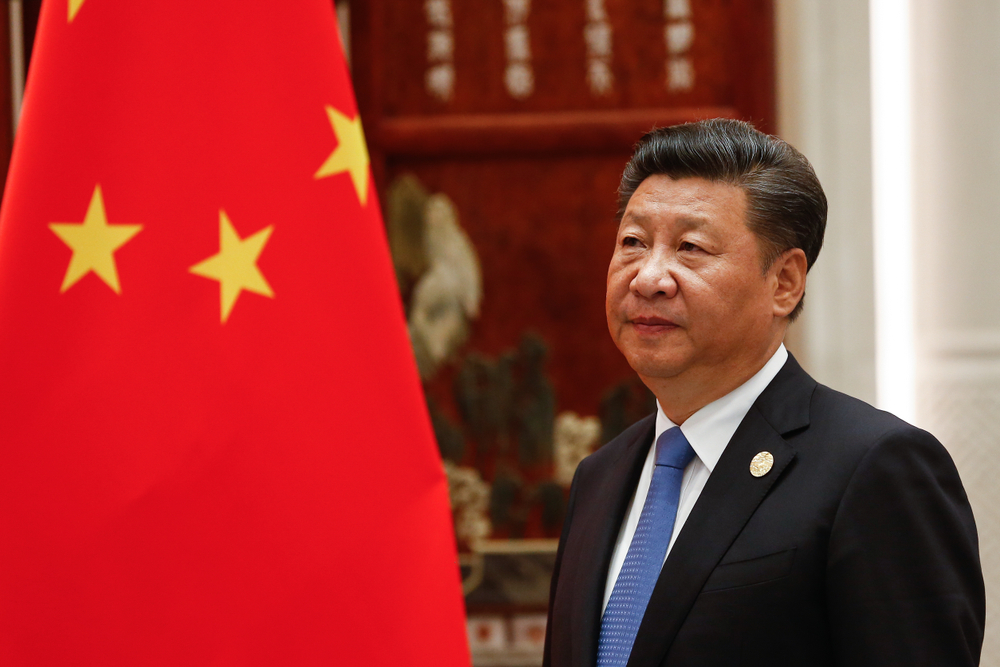ESG: a Risk or an Opportunity for Big Oil?

Viktor Sverla
The increasing popularity of sustainable investing comes with a rise in greenwashing concerns. To avoid allegations and mitigate risks, the so-called Big Oil companies must add action to the words of their environmental, social, and corporate governance (ESG) strategies. Rapid changes in the regulatory environment and investor sentiment could yet pose a threat to their business model in the mid-term.
“Empirical evidence shows that ’sustainable’ companies with good ESG ratings enjoy better financial performance and stability,” Gergő Wieder, a senior manager of Big 4 consultancy KPMG in Hungary, tells the Budapest Business Journal.
“According to American financial services firm Morningstar, total assets in sustainable or ESG-related funds totaled USD 0.5 trillion-0.6 tln in 2017-2018, grew to USD 1 tln by March 2020, and more than doubled by June 2021, reaching USD 2.3 tln,” Wieder explains.
“Green debt represents another important and growing segment of green finance products, and we expect global sustainable debt issuance to surpass USD 1 tln in 2021,” he adds.
But when it comes to transparency about climate change risks, the energy and oil industry seems divided. While some trade groups seek to downplay their industry’s impact on global warming, other Big Oil companies are willing to provide detailed information on how the energy transition and climate change affect their bottom line.
It is difficult to determine if ESG represents an opportunity or a risk for oil companies. Viktor Sverla, strategy director at energy giant MOL Group, is convinced it is very much the latter.
“Following ESG trends, or even leading the way, is inevitable for all in oil and gas to transition towards green business practices and to transform their business models completely. This is increasingly required both by the legislators and the markets,” Sverla tells the BBJ.
“MOL started transitioning in 2016 when we published our long-term strategy MOL 2030: Enter Tomorrow, which defined two main directions: consumer services and petrochemicals. Since 2016, these have proven to be very profitable businesses; Consumer Services, for example, has recently reached its highest ever quarterly EBITDA, USD 164 million,” she notes.
Wieder agrees that many oil companies take a proactive approach to ESG and sustainability. “They invest billions into projects related to low-carbon energy, CO2 emissions reduction, electric vehicle charging, hydrogen, water management, renewables, and biofuels. In this sense, ESG is a great opportunity for them to diversify their business. The oil and gas industry has the greatest opportunity to influence future efforts regarding climate change,” he says,
“However, oil companies will still generate most of their revenue from oil extraction and refining; thus, a rapid change in the regulatory environment and investor sentiment could pose a threat to their business model in the mid-term,” Wieder warns.

Gergő Wieder
Greenwashing
With the rising popularity of sustainable investing, concerns around “greenwashing,” where companies convey false or misleading impressions about the environmental practices of their business, have also grown.
According to a recent study compiled by U.K.-based wealth management service Quilter, greenwashed investments were the biggest concern for some 44% of investors regarding ESG investing. This was followed by worries about fees and costs (42%) and ESG investment performance (38%).
“Greenwashing is a relevant issue, as evidenced by a recent scandal involving a German asset management company, which is now under investigation by U.S. and German regulators for misleading investors and misrepresenting its ESG investments,” Wieder says.
“Such cases can undermine trust in ESG efforts and cause skepticism in investors. Most of the issues can be attributed to collecting low-quality data or using available data to misrepresent ESG incentives. Furthermore, different regulators or ESG rating agencies use disparate definitions for ESG, which can create further confusion in investors about what ESG entails,” he adds.
“According to KPMG’s CR Reporting survey 2020, assurance of sustainability information has now become standard practice for large- and mid-cap companies worldwide. Among the world’s 250 largest companies, the underlying trend for third-party assurance of sustainability data is 71%, while in the case of the national top 100 companies, it is only 51% (in Hungary, 42% of the top 100 have their sustainability report assured),” he explains.
The biggest hurdle for ESG transparency today is the lack of standardization and the one-size-fits-all perspective of regulators. According to Wieder, the credibility of ESG incentives is highly dependent on the regulators’ need to create a framework for data quality in reporting.
The KPMG manager also draws attention to the latest report of Swiss ESG data science company RepRisk on the lobbying activity of energy companies. Although the study found that ‘E’ (environment) issues sometimes intersect with lobbying, Wieder says they do not see credible evidence for direct lobbying from energy companies. That would only create negative publicity for an already heavily scrutinized sector.
Shape the Standards
“The real danger is that energy companies will try to shape ESG standards and the metrics used to their benefit, which could prevent meaningful activity in this sphere. However, at the moment, energy companies seem to be receptive to the need for standardized ESG reporting, which is the backbone of any further regulation,” he says.
Sverla insists that is a concept MOL is onboard with. “Standardized ESG reporting requirements help us to measure and mitigate risks and improve our performance. It also helps us to demonstrate our results to our stakeholders, showing them how we are doing compared to others in the industry,” she says.
Communication experts stress the importance of diversification and greater transparency around emissions in the oil industry, saying that oil companies must attach actions to their ESG strategies to prevent greenwashing allegations and to humanize energy transition.
“MOL Group updated its long-term 2030 strategy at the beginning of 2021,” Sverla explains. “The renewed 2030+: Shape Tomorrow strategy was fully integrated with a new sustainability strategy (as the last one ended in 2020). MOL Group has been focusing on programs aligned with the actions planned in this strategy,” she says.
“Low carbon products and sustainable solutions became a key focus area of our corporate strategy: for example, we started to build our renewable electricity portfolio, entered plastic recycling, deployed almost 200 fast and ultra-fast electric chargers at our filling stations, launched our car-sharing service, MOL Limo, and recently started the production of biofuels in the Danube refinery,” she lists.
“Our future plans target being in line with the European Union’s Green Deal ambitions to become a net-zero CO2 emitter by 2050; by 2030, the aim is to reduce the group’s CO2 emissions by 30%. To achieve this, we plan several energy efficiency projects, to increase the share of low carbon energy in our supply and also see significant potential in Carbon Capture, Utilization, and Storage (CCUS) technologies,” Sverla says.
“We consider CCUS as an important transitionary carbon abatement solution, and our company already has significant experience in handling and injecting CO2 underground. We must also reshape our product portfolio to reach our 2050 ambition: we will need to further increase the share of petrochemical products (and reduce the share of fossil fuels at the same time) and make the fuels and energy we provide to our customers more sustainable,” she says.
“For this, we will need to adopt new technologies and integrate new activities into our operations. Therefore, we are continuously exploring new business areas in the region; we see waste management and the circular economy, for example, as one very promising business area, and we are planning to develop new waste utilization and integration as well as water preservation strategies for the group,” she concludes.
This article was first published in the Budapest Business Journal print issue of September 24, 2021.
SUPPORT THE BUDAPEST BUSINESS JOURNAL
Producing journalism that is worthy of the name is a costly business. For 27 years, the publishers, editors and reporters of the Budapest Business Journal have striven to bring you business news that works, information that you can trust, that is factual, accurate and presented without fear or favor.
Newspaper organizations across the globe have struggled to find a business model that allows them to continue to excel, without compromising their ability to perform. Most recently, some have experimented with the idea of involving their most important stakeholders, their readers.
We would like to offer that same opportunity to our readers. We would like to invite you to help us deliver the quality business journalism you require. Hit our Support the BBJ button and you can choose the how much and how often you send us your contributions.








